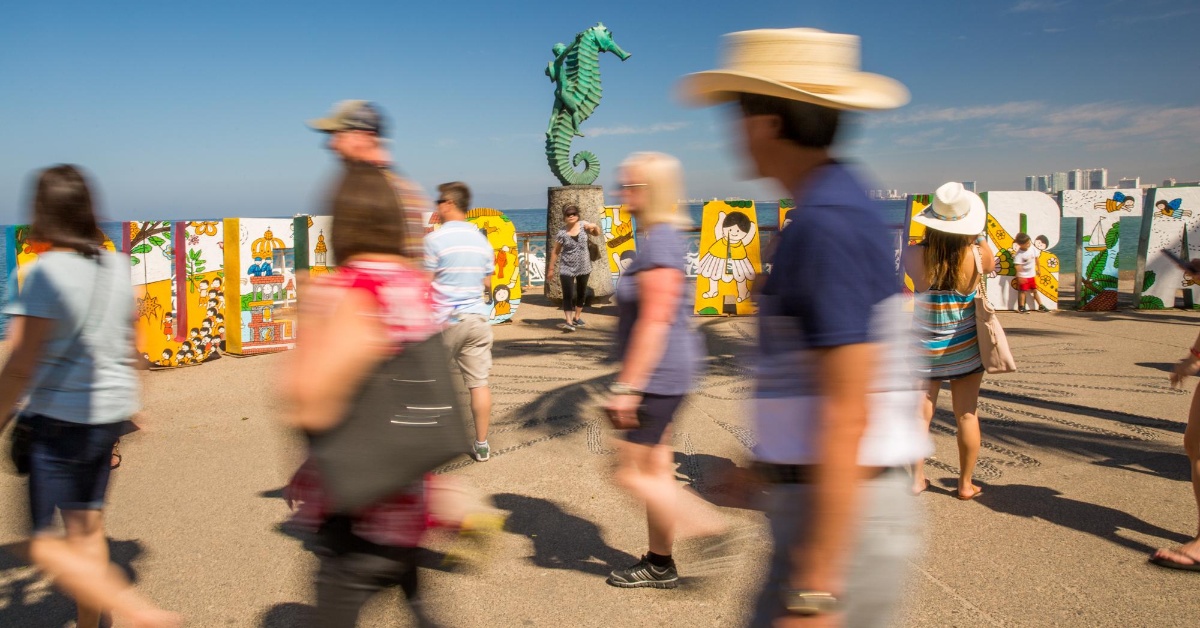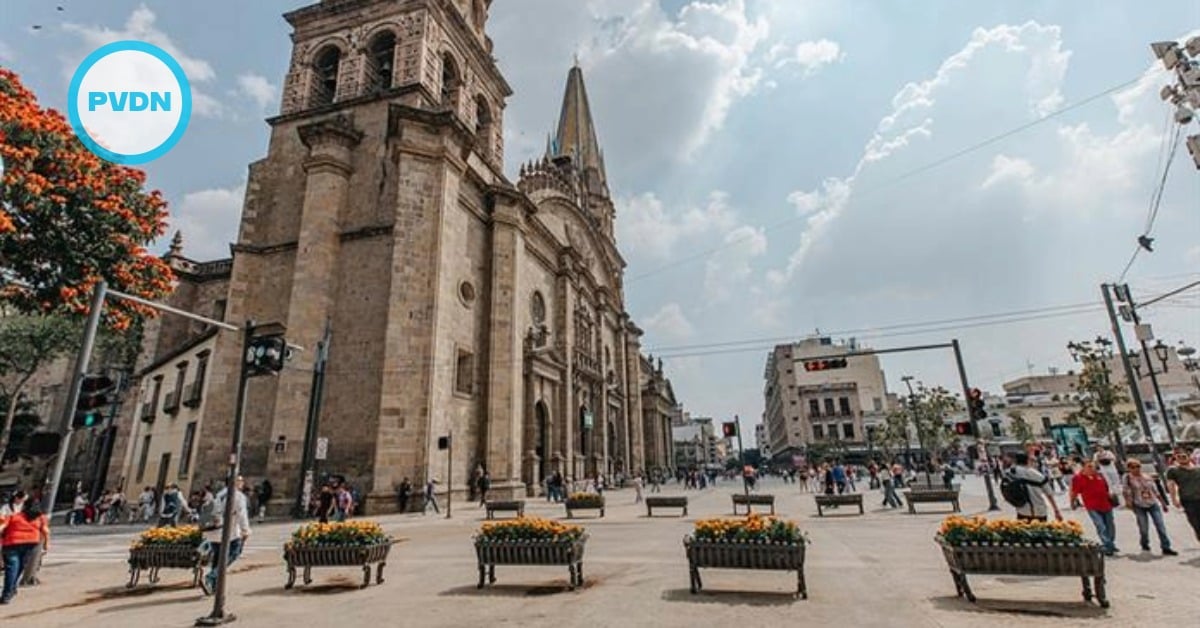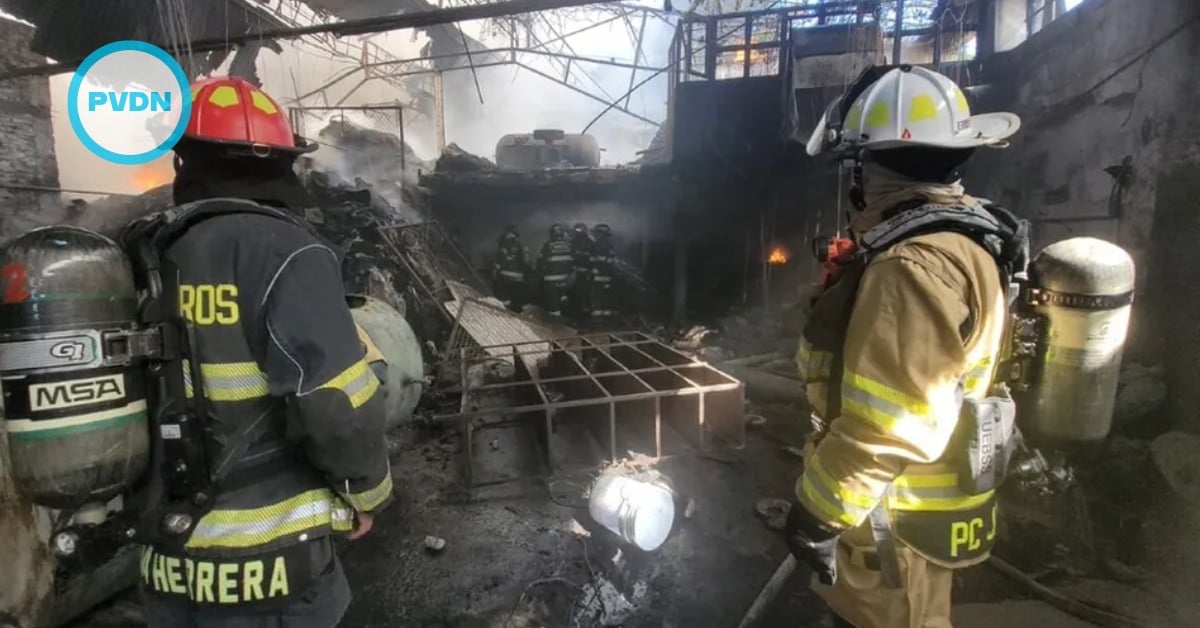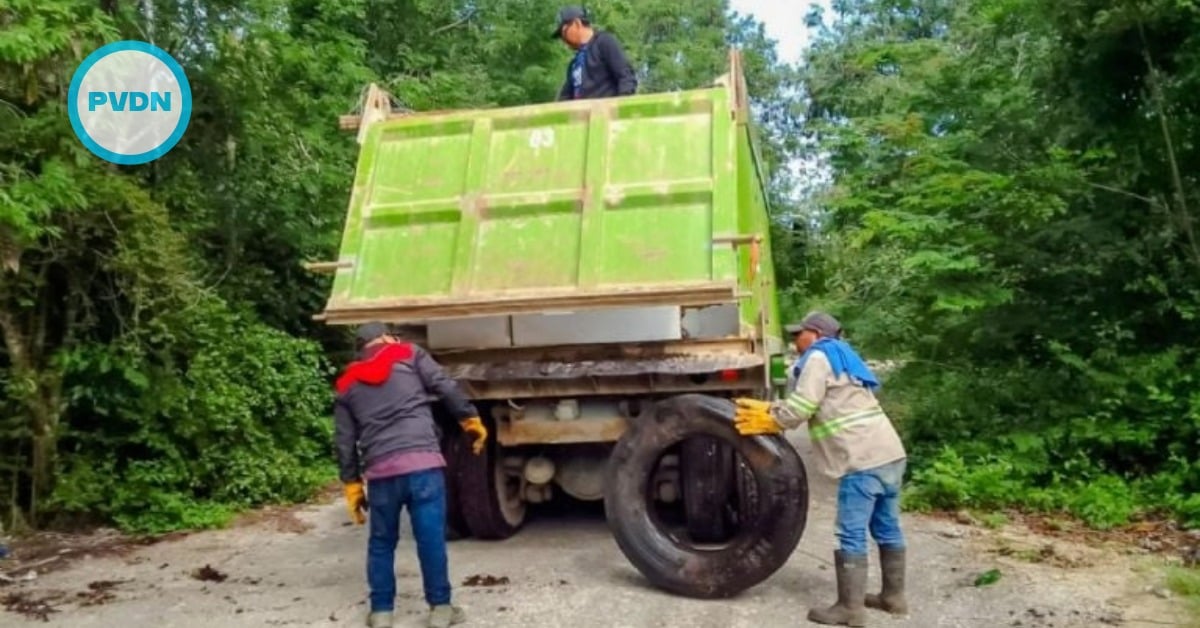Puerto Vallarta, Mexico - Gentrification, driven by urban renewal and mass tourism, is causing more than just economic and cultural displacement—it is also impacting the mental and physical health of residents in affected neighborhoods. This was the focus of discussions at the Fo…







